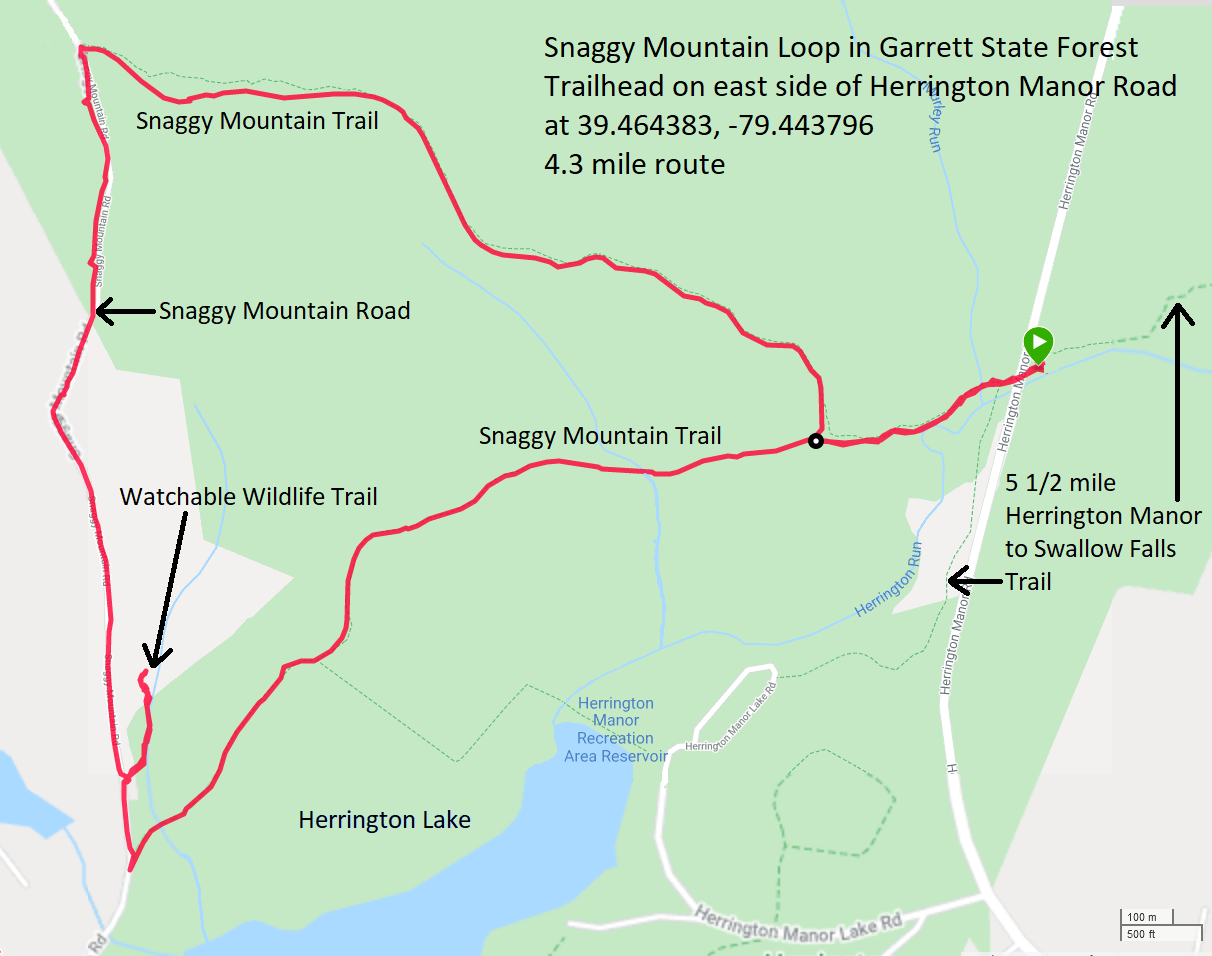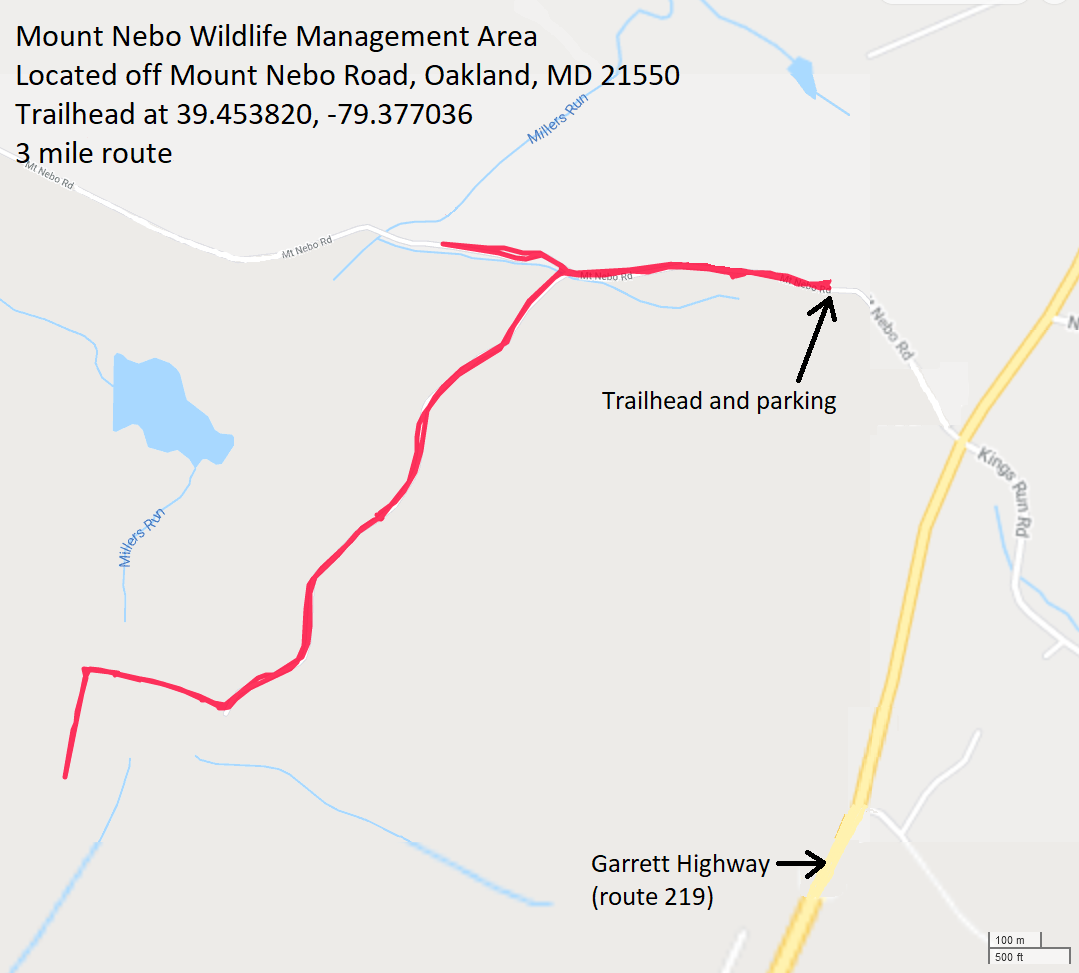Our first destination was the
Rock Maze.
From the parking lot, we walked north on a wooded trail. Along the way, we found what I believe was a
viscid violet cort mushroom.
At the southern end of the maze, we saw a large boulder with a tree root growing up one side.
I found what I originally thought to be a
waxcap mushroom but I was later told it was a
amanita flavoconia (yellow patches) mushroom.
We entered the maze, where tall boulders are often separated by a short distance, creating a natural maze-like feel.
Many of the rocks, like the ones on the left side of the picture below, have deep crevasses that seem like they would be a good place to find bats. I shined my headlamp in them but only found bugs.
I spotted a
hickory tussock caterpillar.
It is best to leave a big backpack at home. You'll never get through places like this while wearing one.
Daphne loved racing through the maze.
The cool rocks and shade made this a great place to visit in the summer. But I also think it would made a good snow and ice hike.
I climbed up on some of the rocks but the vegetation was too thick to get good perspective from above. Looking straight down gave me the most scenic views.
Coming down from one of the rocks, a muddy area gave way and I landed pretty hard on the side of my ankle.
Here's a shot that Norma took of Daphne and me.
We spotted several
white coral fungi growing. They always make me think of fractals.
Rhododendron grows thick in this area. Visit in July if you want to see them in bloom.
Here is a mushroom I could not identify. One person on Facebook through it might be a
Armillaria while another guessed
Gymnopilus.
The colorful plant shown below is an
Indian cucumber-root. According to
Adirondacks Forever Wild - Indian Cucumber-root (Medeola virginiana),
The root of this species is edible and tastes somewhat like a cucumber.
I think a lot of people have never heard of the rock maze. It is a very special place. Part of me wants to keep it a secret to only share with people I really like while another part wants to tell the world about it so everyone can enjoy it. Since I'm posting this blog, I guess I'm leaning towards the latter, though I know very few people will read this.




